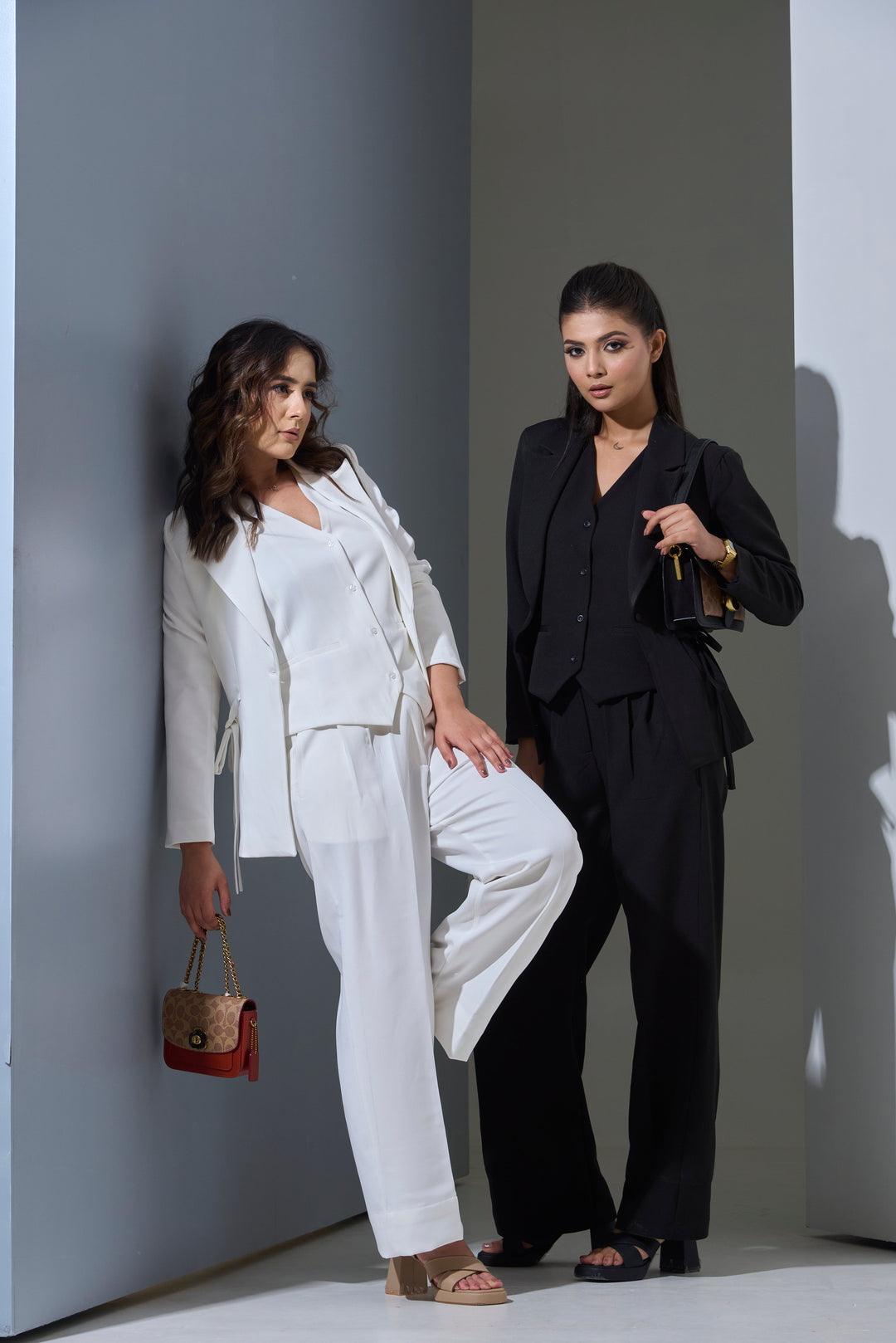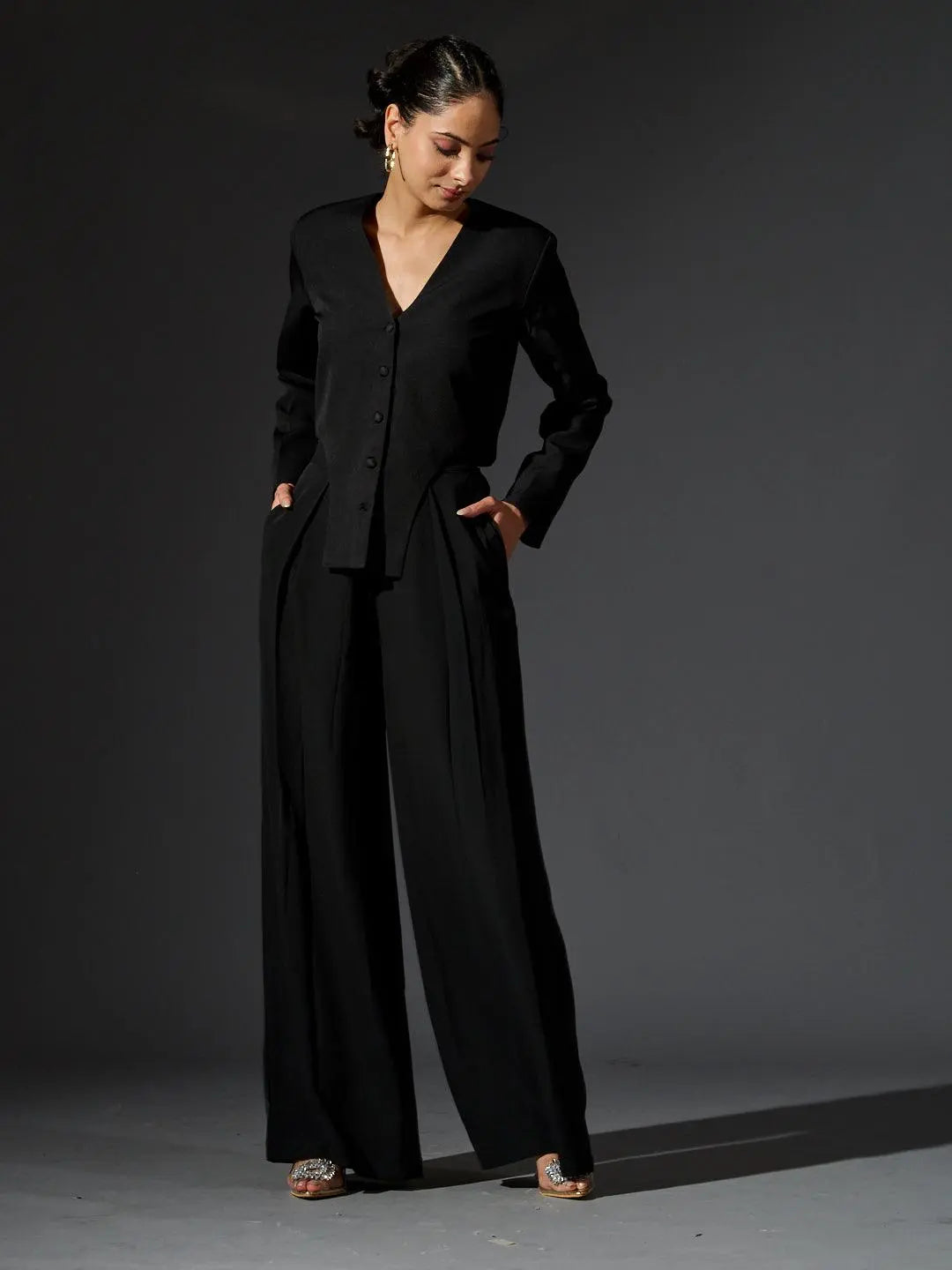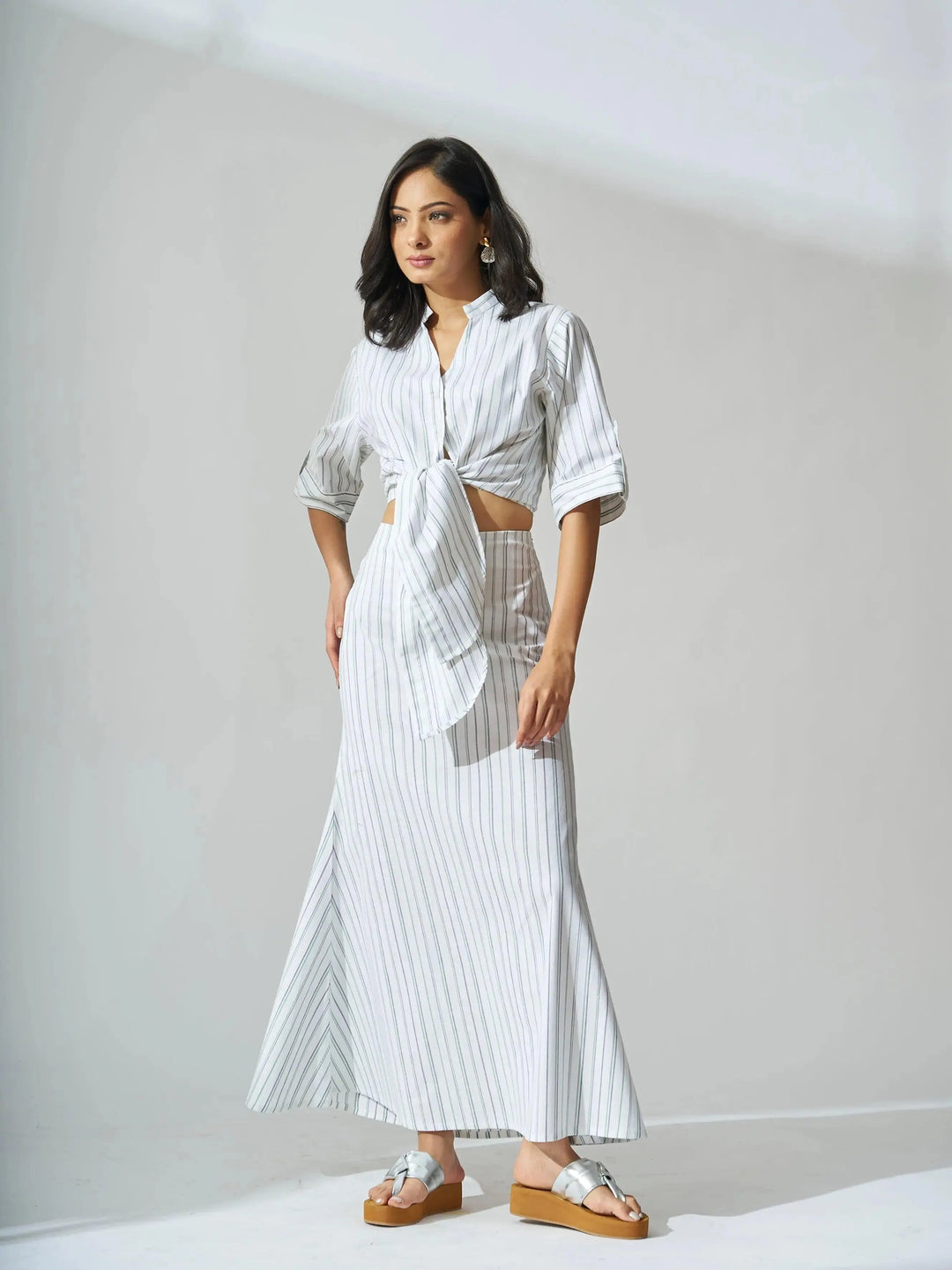Fast vs Slow Fashion: Why Investing in Quality is Worth It
Fashion is more than just clothing—it's a statement of who we are and what we value. Over the years, the battle between fast and slow fashion has taken center stage, shaping consumer choices and impacting the environment. While fast fashion entices with affordability and quick trends, slow fashion emphasizes quality, ethics, and sustainability. At Risate, we believe in empowering women to make informed decisions, not just for their wardrobe but also for the planet. This blog will help you navigate the world of fast vs. slow fashion and explain why investing in quality is always worth it.

What is Fast Fashion?
Fast fashion is the rapid production of inexpensive clothing to cater to fleeting trends. Brands in this category focus on replicating runway looks at low prices, encouraging consumers to buy more, more often.
Characteristics of Fast Fashion:
- Trend-focused and short-lived designs
- Low-quality materials and craftsmanship
- Mass production with quick turnaround
- Affordable prices
While fast fashion may satisfy the desire for trendy and inexpensive clothing, it comes with significant downsides—ethical issues, environmental damage, and a lack of durability.
What is Slow Fashion?
Slow fashion, on the other hand, is a movement toward mindful consumption. It emphasizes timeless designs, high-quality materials, and ethical production practices. The focus is on creating pieces that stand the test of time, both in style and durability.
Characteristics of Slow Fashion:
- Timeless and versatile designs
- Premium-quality fabrics and finishes
- Ethical labor practices
- Sustainable production methods
By investing in slow fashion, you're not just buying clothes; you're supporting fair wages, reducing waste, and building a wardrobe that lasts.
Fast Fashion vs. Slow Fashion: A Quick Comparison
|
Aspect |
Fast Fashion |
Slow Fashion |
|
Cost |
Low upfront cost |
Higher upfront cost, long-term value |
|
Durability |
Wears out quickly |
Designed to last years |
|
Environmental Impact |
High waste, pollution, and carbon footprint |
Sustainable materials and eco-friendly methods |
|
Ethics |
Often exploits labor |
Promotes fair wages and safe working conditions |
The True Cost of Fast Fashion
Fast fashion may be easy on the wallet initially, but its hidden costs can be devastating. Here's why:
-
Environmental Damage:
Fast fashion is one of the largest contributors to textile waste and water pollution. The production process uses toxic dyes and excessive water, harming ecosystems. -
Low Quality:
Fast fashion garments are often made with cheap fabrics like polyester, which deteriorate after a few washes, leading to more frequent replacements. -
Exploitation:
Behind the low price tags are underpaid workers operating in unsafe conditions. Buying fast fashion often means indirectly supporting unethical practices.
Why Investing in Slow Fashion is Worth It
1. Quality That Lasts
Slow fashion pieces are crafted with care and superior materials, ensuring they stand the test of time. A well-made dress can be worn for years, saving you money in the long run.
2. Timeless Style
Slow fashion avoids fleeting trends in favor of timeless designs. This means your wardrobe remains stylish regardless of current fads, making it easier to mix and match pieces.
3. Sustainability Matters
Supporting slow fashion is a step toward reducing your environmental footprint. By choosing sustainable fabrics and ethical brands, you're contributing to a healthier planet.
4. Ethical Impact
When you invest in slow fashion, you're supporting brands that pay fair wages and prioritize safe working environments. This ensures a more equitable fashion industry.
How to Transition from Fast Fashion to Slow Fashion
-
Evaluate Your Wardrobe:
Take stock of what you own. Donate or recycle items you no longer need and identify gaps to fill with quality pieces. -
Invest in Basics:
Start with essentials like a classic white shirt, a pair of well-fitted jeans, or a versatile blazer. These items form the foundation of a sustainable wardrobe. -
Research Brands:
Look for brands that prioritize sustainability and ethical practices. At Risate, we take pride in offering high-quality women’s clothing that aligns with these values. -
Choose Quality Over Quantity:
It's better to have a few reliable pieces than a closet full of fast fashion items that fall apart. Focus on craftsmanship and material. -
Care for Your Clothes:
Proper maintenance extends the life of your garments. Wash less frequently, follow care labels, and repair minor damages instead of discarding.
Why Risate Supports Slow Fashion
At Risate, we believe every woman deserves clothing that reflects her confidence, style, and values. Our collection is thoughtfully curated to combine elegance with sustainability. By choosing Risate, you're not just enhancing your wardrobe; you're making a positive impact on the planet.
Final Thoughts
Fast fashion may seem like a convenient choice, but its hidden costs outweigh the benefits. Slow fashion, on the other hand, offers a sustainable, ethical, and stylish alternative. Investing in quality pieces not only elevates your wardrobe but also supports a healthier planet and a fairer fashion industry.
At Risate, we encourage women to embrace the power of slow fashion—because true style never goes out of fashion.
Elevate your style with trendy joggers and crop tops, perfect for casual outings. For a polished look, explore chic blazer pant sets for women. Shop elegant jumpsuits for women, fashion design cloth, and unique Indian tops for women online, blending tradition and modernity.
Read more about: 10 Wardrobe Essentials Every Woman Needs in 2024



